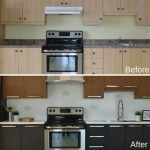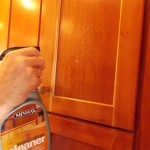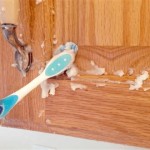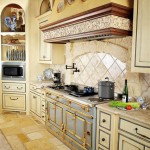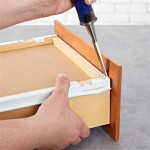How to Paint Kitchen Cabinets Antique Finish
When it comes to refinishing kitchen cabinets, an antique finish can add a touch of timeless elegance to your space. To achieve this desired look, there are several essential aspects to consider that will directly influence the final outcome. Understanding these foundational elements will empower you to create a stunning antique finish that complements the overall aesthetics of your kitchen.
In this comprehensive guide, we will delve into the crucial aspects that you need to know when painting kitchen cabinets with an antique finish. From surface preparation to paint selection and finishing techniques, we will cover everything you need to achieve a professional-looking result.
### Surface Preparation:Before you begin painting, meticulous surface preparation is a crucial step that should not be overlooked. Start by thoroughly cleaning the cabinets to remove any dirt, grease, or dust that may compromise the paint's adhesion. Next, sand the surfaces lightly using fine-grit sandpaper to create a smooth and even base for the paint. Remember to wipe away any sanding residue before proceeding to the next step.
### Paint Selection:Choosing the right paint is paramount to achieving an authentic antique finish. Opt for a high-quality latex or oil-based paint in a deep, rich color that complements your kitchen's decor. For a classic antique look, consider hues such as navy blue, dark green, or burgundy. Eggshell or satin finishes will provide a subtle sheen without being too glossy.
### Application Techniques:When applying the paint, use a brush or roller to create a smooth and even finish. For a more authentic antique look, consider using a dry brush technique. This involves dipping a brush in the paint and then wiping most of it off on a rag before applying it to the cabinets. This will create a distressed, aged effect that is characteristic of antique finishes.
### Aging and Distress:Adding aging and distress to the painted surface will further enhance the antique aesthetic. To achieve this, lightly sand the painted surface with fine-grit sandpaper to create areas of wear and tear. You can also use a damp sponge or cloth to remove paint in specific areas, mimicking the natural aging process.
### Glazing and Antiquing:Glazing and antiquing are techniques that can add depth and character to your antique finish. Glazing involves applying a transparent glaze over the painted surface, which can create a subtle color variation and highlight details. Antiquing, on the other hand, involves applying a dark glaze to the recesses and crevices of the cabinets, creating a timeworn, aged effect.
### Finishing and Protection:Once you are satisfied with the antique finish, it is essential to protect it for longevity. Apply a clear polyurethane finish over the painted surface to seal and protect it from wear and tear. Alternatively, you can use a wax finish, which will provide a more subtle sheen and can be buffed to enhance the antique effect.
### Conclusion:By following these essential aspects, you can successfully paint your kitchen cabinets with an antique finish that exudes charm and character. Remember, the key is to experiment with different techniques and find what works best for your desired look. With patience and attention to detail, you can create a stunning antique finish that will transform your kitchen into an elegant and timeless space.

How To Glaze Kitchen Cabinets Diyer S Guide Bob Vila

How To Paint Antique White Kitchen Cabinets Rustic

How To Paint Kitchen Cabinets A Step By Guide Confessions Of Serial Do It Yourselfer

Rescuing And Reviving A Glazed Distressed Kitchen Bella Tucker

Painting Kitchen Cabinets Antique White Pictures Ideas

Distressed Kitchen Cabinets How To Distress Your

Distressed And Antiqued Kitchen Cabinets

Antique Painted Cabinets Tips And Techniques To Try At Home Family Handyman

Milk Paint Kitchen Cabinets General Finishes

Behr Premium 1 Gal 23 Antique White Semi Gloss Enamel Interior Exterior Cabinet Door Trim Paint 712001 The Home Depot
Related Posts


